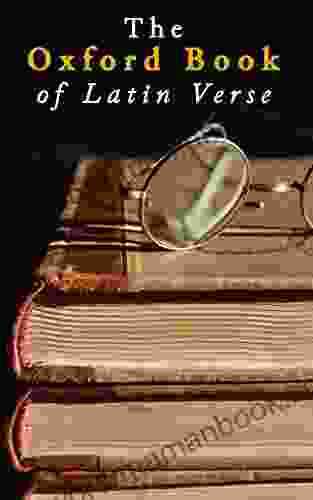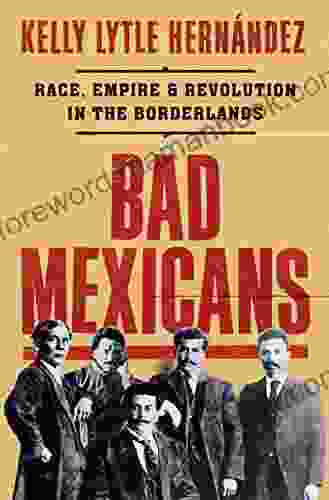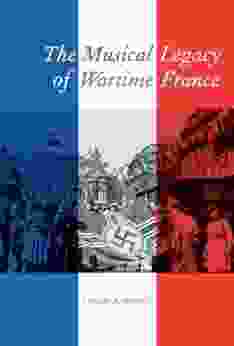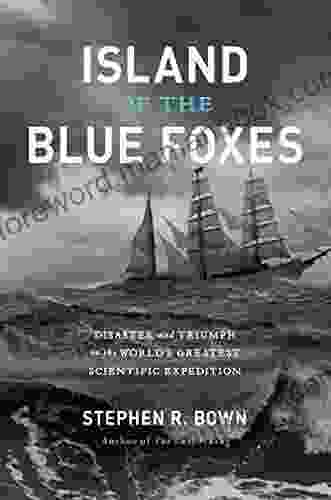From The Earliest Fragments To The End Of The Fifth Century

Western art has a long and rich history, dating back to the earliest fragments of cave paintings and sculptures. Over the centuries, Western art has evolved through a number of different periods and styles, each with its own unique characteristics.
4.6 out of 5
| Language | : | English |
| File size | : | 4582 KB |
| Text-to-Speech | : | Enabled |
| Enhanced typesetting | : | Enabled |
| Print length | : | 848 pages |
| Screen Reader | : | Supported |
The earliest fragments of Western art date back to the Paleolithic era, which lasted from about 40,000 to 10,000 BC. These fragments include cave paintings and sculptures, which often depicted animals, humans, and scenes from everyday life. The art of the Paleolithic era was characterized by its simplicity and naturalism.
The Neolithic era, which lasted from about 10,000 to 4,000 BC, saw the development of agriculture and the rise of settled communities. The art of the Neolithic era was more varied than that of the Paleolithic era, and included pottery, textiles, and jewelry. The art of the Neolithic era was often characterized by its geometric patterns and stylized forms.
The Bronze Age, which lasted from about 4,000 to 1,200 BC, saw the development of bronze metallurgy. The art of the Bronze Age was often characterized by its use of bronze, which was used to create a variety of objects, including weapons, tools, and jewelry. The art of the Bronze Age was also often characterized by its naturalistic forms.
The Iron Age, which lasted from about 1,200 to 500 BC, saw the development of iron metallurgy. The art of the Iron Age was often characterized by its use of iron, which was used to create a variety of objects, including weapons, tools, and armor. The art of the Iron Age was also often characterized by its geometric patterns and stylized forms.
The Classical period, which lasted from about 500 to 300 BC, saw the rise of the Greek and Roman civilizations. The art of the Classical period was often characterized by its realism and idealization. The art of the Classical period was also often characterized by its use of marble and bronze.
The Hellenistic period, which lasted from about 300 to 100 BC, saw the spread of Greek culture throughout the Mediterranean region. The art of the Hellenistic period was often characterized by its eclecticism and its use of a variety of different styles. The art of the Hellenistic period was also often characterized by its use of marble and bronze.
The Roman period, which lasted from about 100 BC to 400 AD, saw the rise of the Roman Empire. The art of the Roman period was often characterized by its realism and its use of a variety of different styles. The art of the Roman period was also often characterized by its use of concrete and brick.
The Early Christian period, which lasted from about 400 to 1000 AD, saw the rise of Christianity. The art of the Early Christian period was often characterized by its use of symbols and its emphasis on religious themes. The art of the Early Christian period was also often characterized by its use of mosaics and frescoes.
The Romanesque period, which lasted from about 1000 to 1200 AD, saw the development of a new style of art that was characterized by its use of rounded arches, thick walls, and small windows. The art of the Romanesque period was also often characterized by its use of stone and wood.
The Gothic period, which lasted from about 1200 to 1500 AD, saw the development of a new style of art that was characterized by its use of pointed arches, flying buttresses, and stained glass windows. The art of the Gothic period was also often characterized by its use of stone and wood.
The Renaissance period, which lasted from about 1500 to 1600 AD, saw the revival of classical art and architecture. The art of the Renaissance period was often characterized by its use of perspective, realism, and idealization. The art of the Renaissance period was also often characterized by its use of oil paints and canvas.
The Baroque period, which lasted from about 1600 to 1750 AD, saw the development of a new style of art that was characterized by its use of exaggerated forms, dramatic lighting, and rich colors. The art of the Baroque period was also often characterized by its use of oil paints and canvas.
The Rococo period, which lasted from about 1750 to 1800 AD, saw the development of a new style of art that was characterized by its use of delicate forms, pastel colors, and asymmetrical designs. The art of the Rococo period was also often characterized by its use of oil paints and canvas.
The Neoclassical period, which lasted from about 1800 to 1850 AD, saw the revival of classical art and architecture. The art of the Neoclassical period was often characterized by its use of simple forms, clear lines, and muted colors. The art of the Neoclassical period was also often characterized by its use of marble and bronze.
The Romantic period, which lasted from about 1850 to 1900 AD, saw the development of a new style of art that was characterized by its use of emotion, imagination, and individuality. The art of the Romantic period was also often characterized by its use of oil paints and canvas.
The Realism period, which lasted from about 1900 to 1950 AD, saw the development of a new style of art that was characterized by its use of everyday subjects and everyday life. The art of the Realism period was also often characterized by its use of oil paints and canvas.
The Modern period, which began in the early 20th century, has seen the development of a wide variety of different styles of art. Some of the most important styles of modern art include Impressionism, Expressionism, Cubism, and Surrealism.
The art of the 21st century is still evolving, but it is already clear that it will be a time of great innovation and creativity.
4.6 out of 5
| Language | : | English |
| File size | : | 4582 KB |
| Text-to-Speech | : | Enabled |
| Enhanced typesetting | : | Enabled |
| Print length | : | 848 pages |
| Screen Reader | : | Supported |
Do you want to contribute by writing guest posts on this blog?
Please contact us and send us a resume of previous articles that you have written.
 Top Book
Top Book Novel
Novel Fiction
Fiction Nonfiction
Nonfiction Literature
Literature Paperback
Paperback Hardcover
Hardcover E-book
E-book Audiobook
Audiobook Bestseller
Bestseller Classic
Classic Mystery
Mystery Thriller
Thriller Romance
Romance Fantasy
Fantasy Science Fiction
Science Fiction Biography
Biography Memoir
Memoir Autobiography
Autobiography Poetry
Poetry Drama
Drama Historical Fiction
Historical Fiction Self-help
Self-help Young Adult
Young Adult Childrens Books
Childrens Books Graphic Novel
Graphic Novel Anthology
Anthology Series
Series Encyclopedia
Encyclopedia Reference
Reference Guidebook
Guidebook Textbook
Textbook Workbook
Workbook Journal
Journal Diary
Diary Manuscript
Manuscript Folio
Folio Pulp Fiction
Pulp Fiction Short Stories
Short Stories Fairy Tales
Fairy Tales Fables
Fables Mythology
Mythology Philosophy
Philosophy Religion
Religion Spirituality
Spirituality Essays
Essays Critique
Critique Commentary
Commentary Glossary
Glossary Bibliography
Bibliography Index
Index Table of Contents
Table of Contents Preface
Preface Introduction
Introduction Foreword
Foreword Afterword
Afterword Appendices
Appendices Annotations
Annotations Footnotes
Footnotes Epilogue
Epilogue Prologue
Prologue A C Hutchinson
A C Hutchinson Joann Portalupi
Joann Portalupi Susan Mccutcheon
Susan Mccutcheon David Easley
David Easley Owen D Hill
Owen D Hill S E Law
S E Law Chris Meta
Chris Meta Julia Sweig
Julia Sweig History Highlights
History Highlights Kindle Edition With Audio Video
Kindle Edition With Audio Video Chris Coughran
Chris Coughran A F Stewart
A F Stewart Robert Brightwell
Robert Brightwell Tayyip Oral
Tayyip Oral Kate Pearce
Kate Pearce Radha Vatsal
Radha Vatsal Lisa Scottoline
Lisa Scottoline Elisa Murray
Elisa Murray J Rodrigues
J Rodrigues Tony Chin
Tony Chin
Light bulbAdvertise smarter! Our strategic ad space ensures maximum exposure. Reserve your spot today!
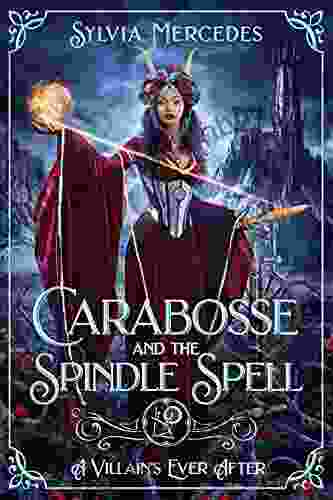
 Avery SimmonsRetelling of Sleeping Beauty: Villain Ever After - An Enthralling Tale from...
Avery SimmonsRetelling of Sleeping Beauty: Villain Ever After - An Enthralling Tale from... Samuel Taylor ColeridgeFollow ·7.7k
Samuel Taylor ColeridgeFollow ·7.7k Donovan CarterFollow ·5.2k
Donovan CarterFollow ·5.2k Kyle PowellFollow ·3.2k
Kyle PowellFollow ·3.2k Alexandre DumasFollow ·14.7k
Alexandre DumasFollow ·14.7k Craig CarterFollow ·12.9k
Craig CarterFollow ·12.9k Ethan GrayFollow ·12.6k
Ethan GrayFollow ·12.6k Josh CarterFollow ·17.5k
Josh CarterFollow ·17.5k Fernando BellFollow ·9.4k
Fernando BellFollow ·9.4k
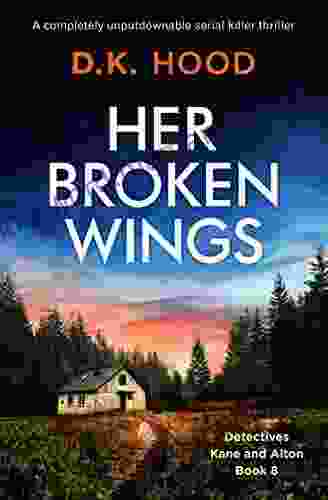
 Chase Simmons
Chase SimmonsCompletely Unputdownable Serial Killer Thriller:...
Prepare yourself for an...
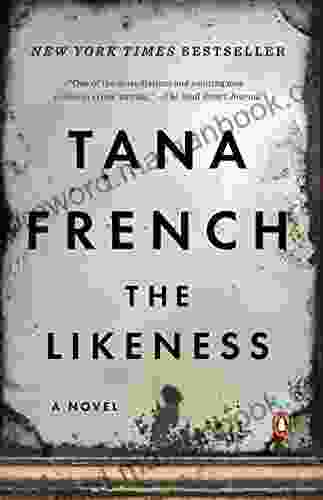
 Bruce Snyder
Bruce SnyderThe Likeness: A Spine-Chilling Crime Novel by Tana French
Step into the Shadows of a Twisted...

 Langston Hughes
Langston HughesDiscover the Enchanting World of Cute Animals: A Journey...
Welcome to the...
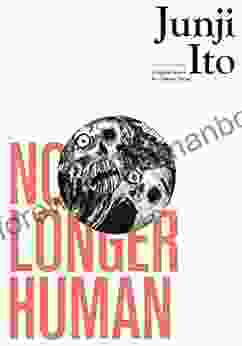
 Adrian Ward
Adrian WardDelving into the Profoundly Disturbing World of No Longer...
In the realm of horror manga, Junji Ito...

 Edgar Allan Poe
Edgar Allan PoeIllustrated Magical Recipes For Wizards And Witches:...
In the realm of witchcraft and wizardry,...

 Joe Simmons
Joe SimmonsMetamorphoses: A Masterpiece of Ancient Greek Mythology...
Metamorphoses, a seminal work of...
4.6 out of 5
| Language | : | English |
| File size | : | 4582 KB |
| Text-to-Speech | : | Enabled |
| Enhanced typesetting | : | Enabled |
| Print length | : | 848 pages |
| Screen Reader | : | Supported |


